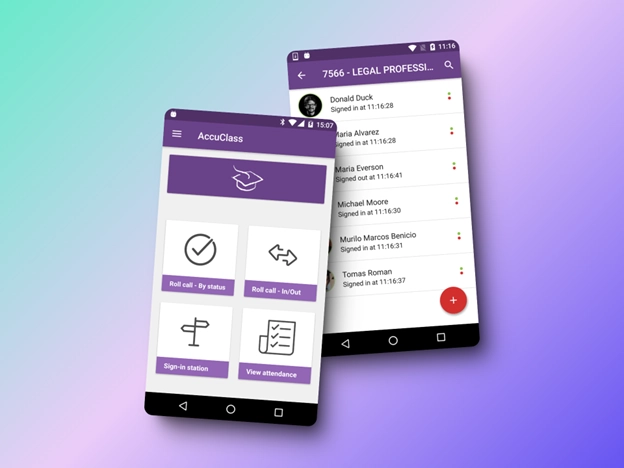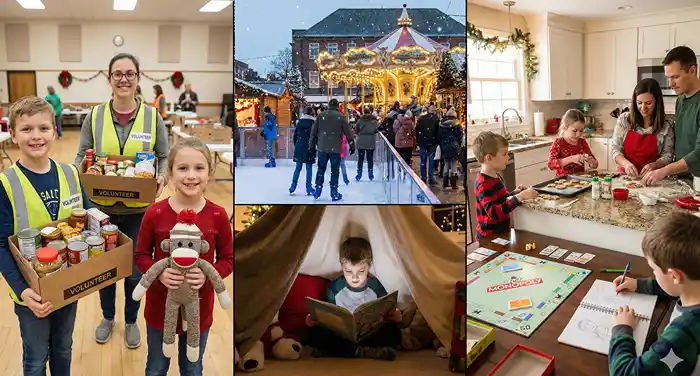Importance of Tracking Student Attendance in Classrooms
Accurate attendance is not paperwork. It is a decision engine for instruction, funding, and student support. When attendance data is timely and reliable, educators can spot disengagement early, protect instructional time, and ensure compliance without the need for extra meetings.
Attendance As an Early-Warning Signal
Chronic absence rarely arrives overnight. Patterns initially appear as short, scattered gaps that gradually widen over weeks. A disciplined tracking practice turns those patterns into alerts that counselors and instructors can act on before grades slide. What if a first-period dip every Monday indicates transportation issues, or repeated late arrivals cluster after a schedule change? Without trustworthy data, these signals remain invisible.
Signals That Go Beyond Presence
Strong attendance data captures more than a binary present or absent. It records the time of entry, authorized excuses, and participation notes. With this level of detail, teams can differentiate a one-off illness from an emerging trend, and they can tailor interventions to the real cause rather than the symptom.
From Manual Roll Calls to Intelligent Tracking
Clipboards and spreadsheets still work, but they cost instructional time and create avoidable errors. Modern classrooms demand fast capture, offline resilience, and seamless syncing. Intelligent systems minimize taps and eliminate double entry so that instructors teach while data flows in the background.
Core Capabilities to Expect
- Rapid check-in by scanning institution IDs or barcodes
- Multiple modes for different settings, such as instructor-led, kiosk, or self-sign-in
- Real-time validation to prevent duplicate or late check-ins from polluting reports
- Offline capture with automatic sync when connectivity returns
- Role-based permissions so instructors, administrators, and auditors see exactly what they need
What Distinguishes a Modern Platform
Not every tool that records names delivers operational value. A modern platform unifies capture, analytics, and communication. It should surface exceptions automatically and support rapid outreach. Most importantly, it should integrate seamlessly with existing devices, eliminating the need for custom hardware or complicated deployments.

AccuClass At a Glance
AccuClass is designed for institutions that want frictionless, auditable attendance without adding work to the day. The mobile app transforms Apple and Android devices into portable recorders, utilizing the built-in camera to scan barcodes instantly. Both versions support magnetic card readers for environments that prefer swipe-based IDs.
AccuClass also supports self-sign-in for classes or labs where students check themselves in, and it includes quick polls so instructors can capture instant feedback during or after class.
Cross-platform availability means departments standardize on one process, whether they carry iOS or Android. For readers comparing options, AccuClass functions as a complete student attendance management system that scales from a single classroom to multi-campus operations.
Privacy, Accuracy, And Audit Readiness
Attendance data contains sensitive information, which prioritizes both privacy and accuracy. A sound implementation maintains an immutable log of events, timestamps every action, and preserves original entries together with authorized adjustments. These practices protect students and staff, and they simplify audits by providing a clear record of exactly what happened, when, and by whom.
Practical Implementation Tips
- Start with a pilot in a willing department to validate the process fit before rolling it out more widely.
- Standardize ID formats and barcode symbologies to avoid edge-case failures at check-in
- Define exception codes, such as excused, field trip, or suspension, to keep reports clean
- Align notifications with intervention workflows so absence alerts go to those who act on them
- Train for five-minute mastery so instructors learn the flow quickly and stay focused on teaching
Measurable Outcomes to Track
The value of attendance tracking shows up in numbers. Institutions that measure outcomes can tie process improvements to results.
KPI Suggestions
- Reduction in average check-in time per class
- Decrease in unverified absences within the first four weeks of term
- Increase in on-time arrival rates after targeted interventions
- Audit resolution time is measured from request to report delivery
- Percentage of classes with complete attendance data synced before the end of the day
Why Many Institutions Choose AccuClass
AccuClass provides comprehensive tools that address real operational constraints. Barcode scanning removes manual errors. Magnetic card reader support suits high-throughput environments like lecture halls or testing centers. Self-sign-in reduces bottlenecks in labs and workshops. Quick polls boost engagement while doubling as a participation record. Cross-platform support avoids device lock-in and reduces training costs.
Behind the product stands Engineerica Systems, a Florida-based company founded in 1994 by University of Central Florida alumni. The company has delivered attendance and education software for decades, including widely adopted solutions such as AccuTrack, Accudemia, and AccuCampus. That legacy matters when institutions require stable, well-supported software.
Conclusion
Reliable attendance tracking is the foundation for timely interventions, stronger engagement, and clean audits. Institutions that replace manual processes with intelligent, mobile-first systems reclaim instructional time and improve decision quality.
AccuClass offers a practical, scalable path to that outcome by combining fast capture, flexible modes, and actionable reporting in one platform. For teams evaluating options, a modern, data-accurate approach to attendance is no longer a nice-to-have. It is the backbone of effective classroom management.




 Author bio: Cora Gold is the Editor-in-Chief of women’s lifestyle magazine,
Author bio: Cora Gold is the Editor-in-Chief of women’s lifestyle magazine, 



